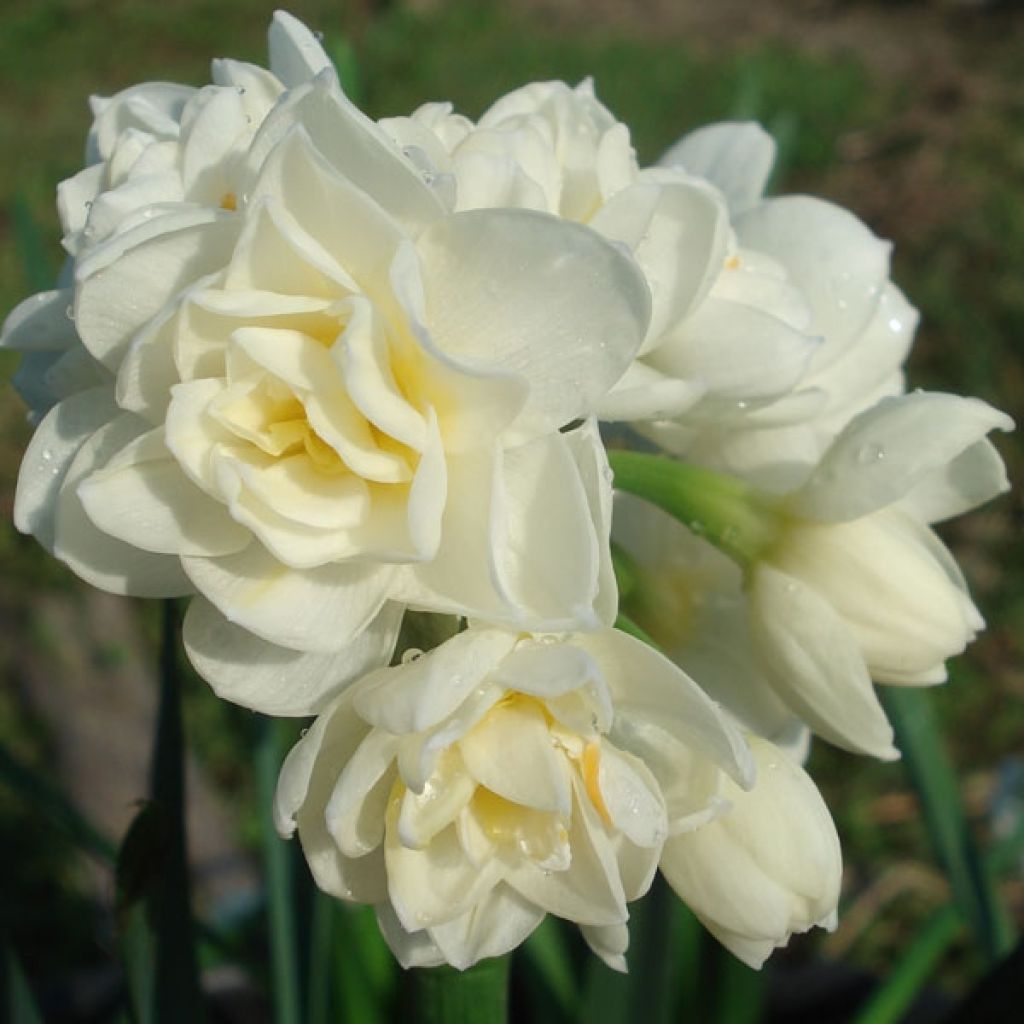

Narcisse Erlicheer
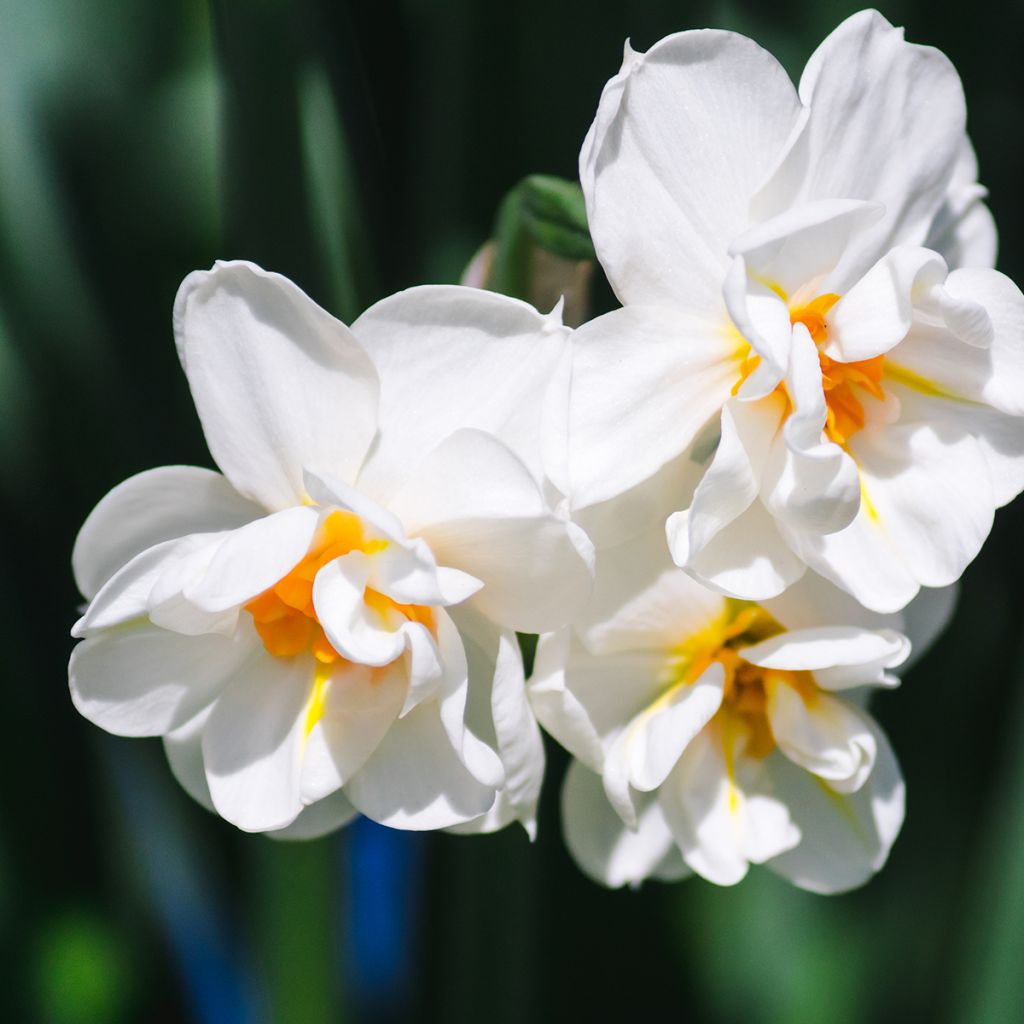

Narcisse tazetta Erlicheer
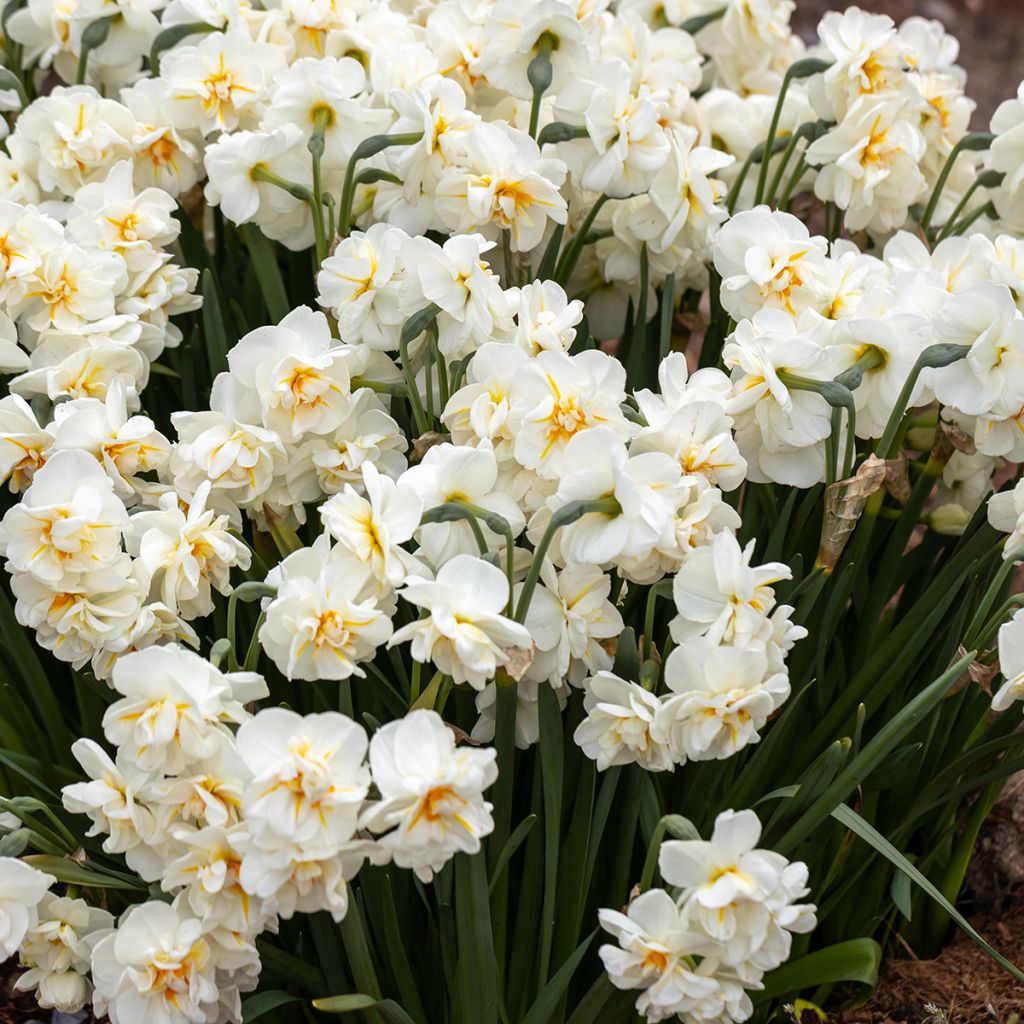

Narcisse tazetta Erlicheer
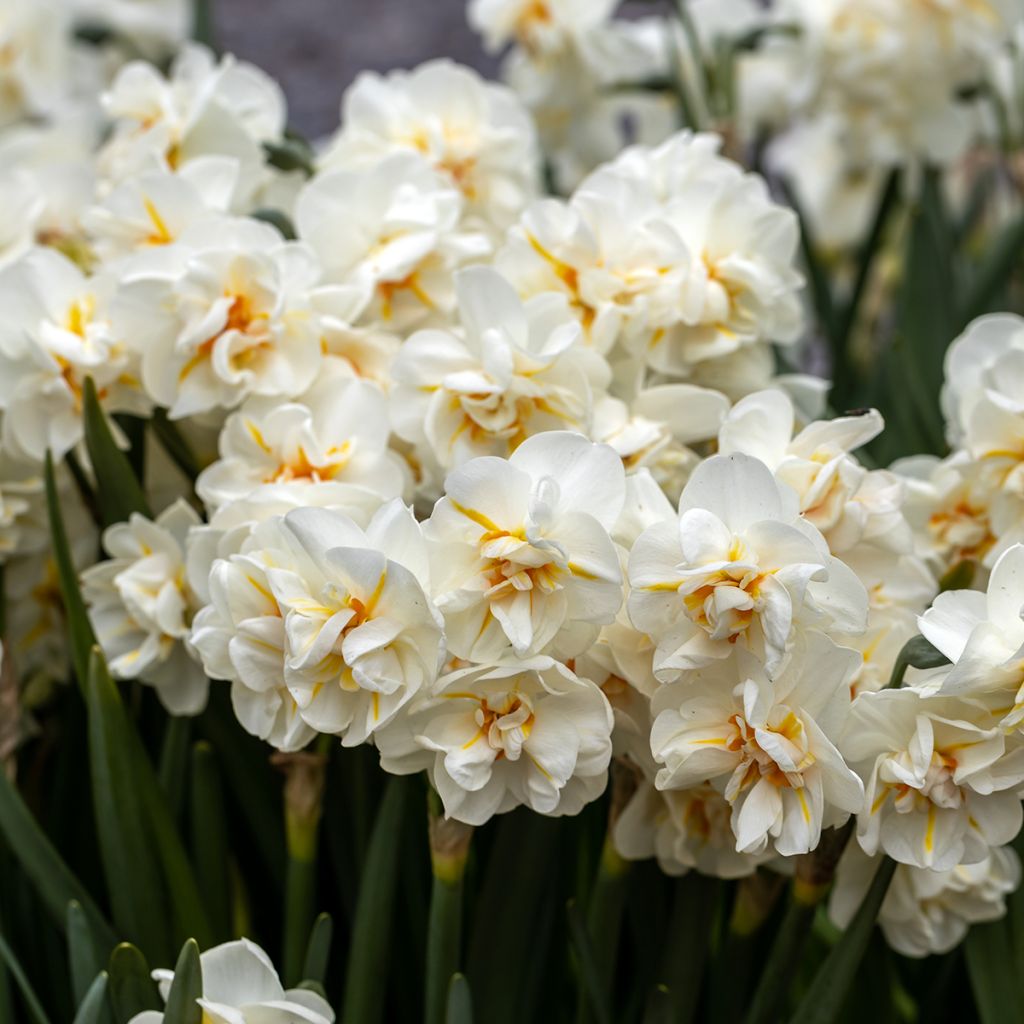

Narcisse tazetta Erlicheer
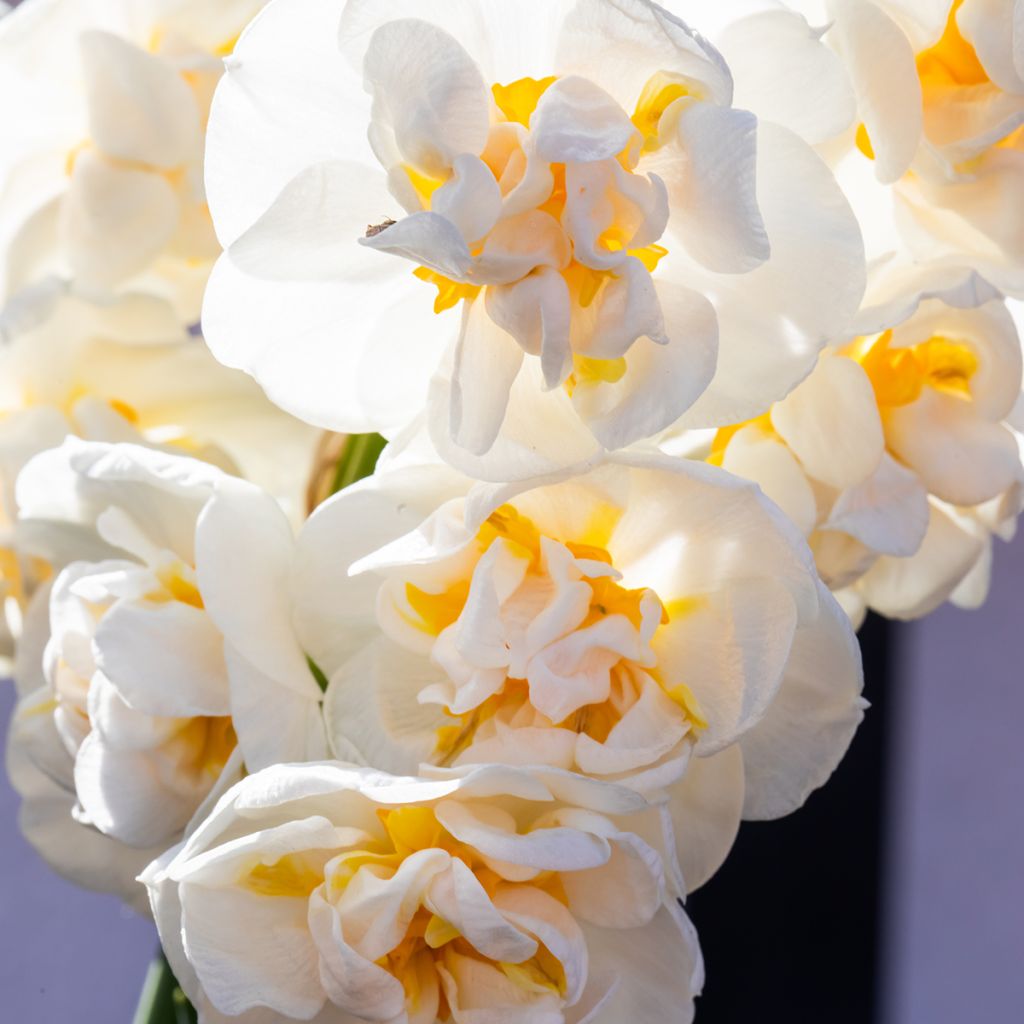

Narcisse tazetta Erlicheer
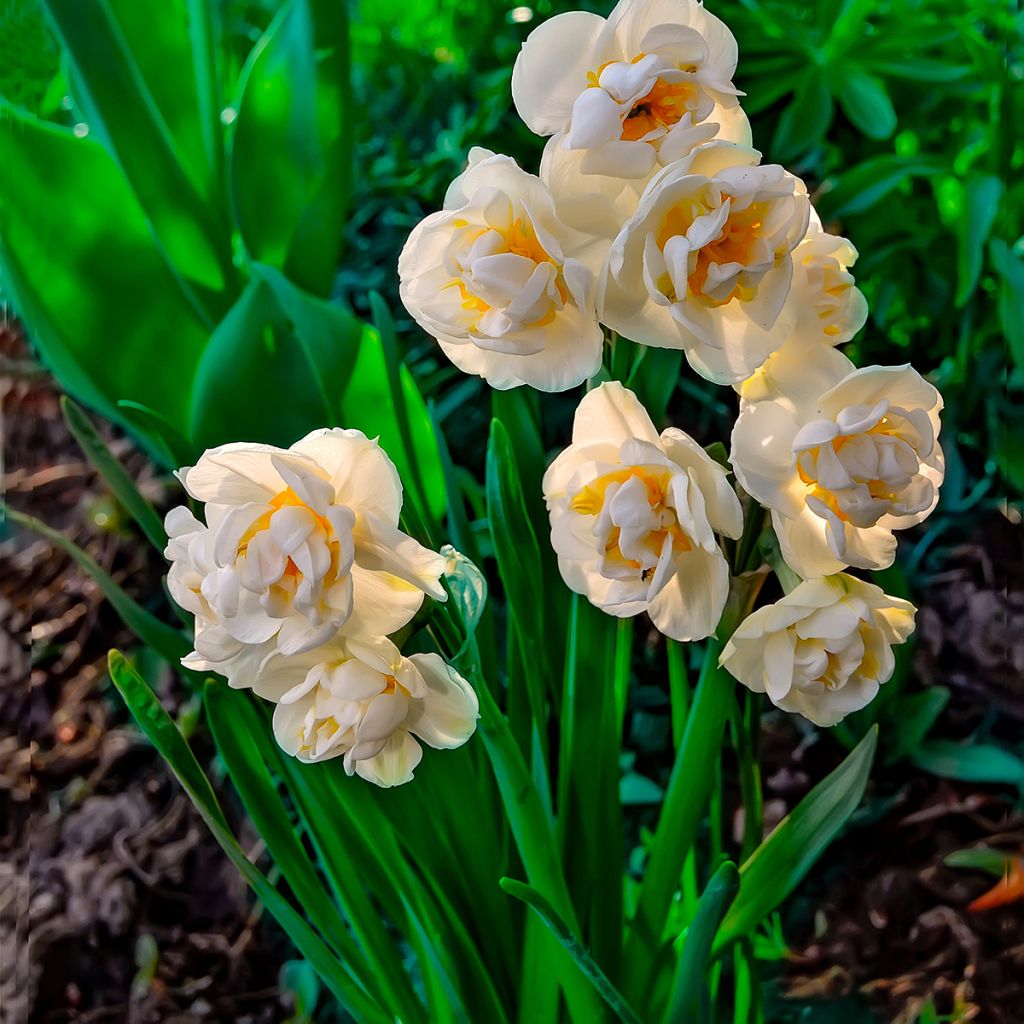

Narcisse tazetta Erlicheer
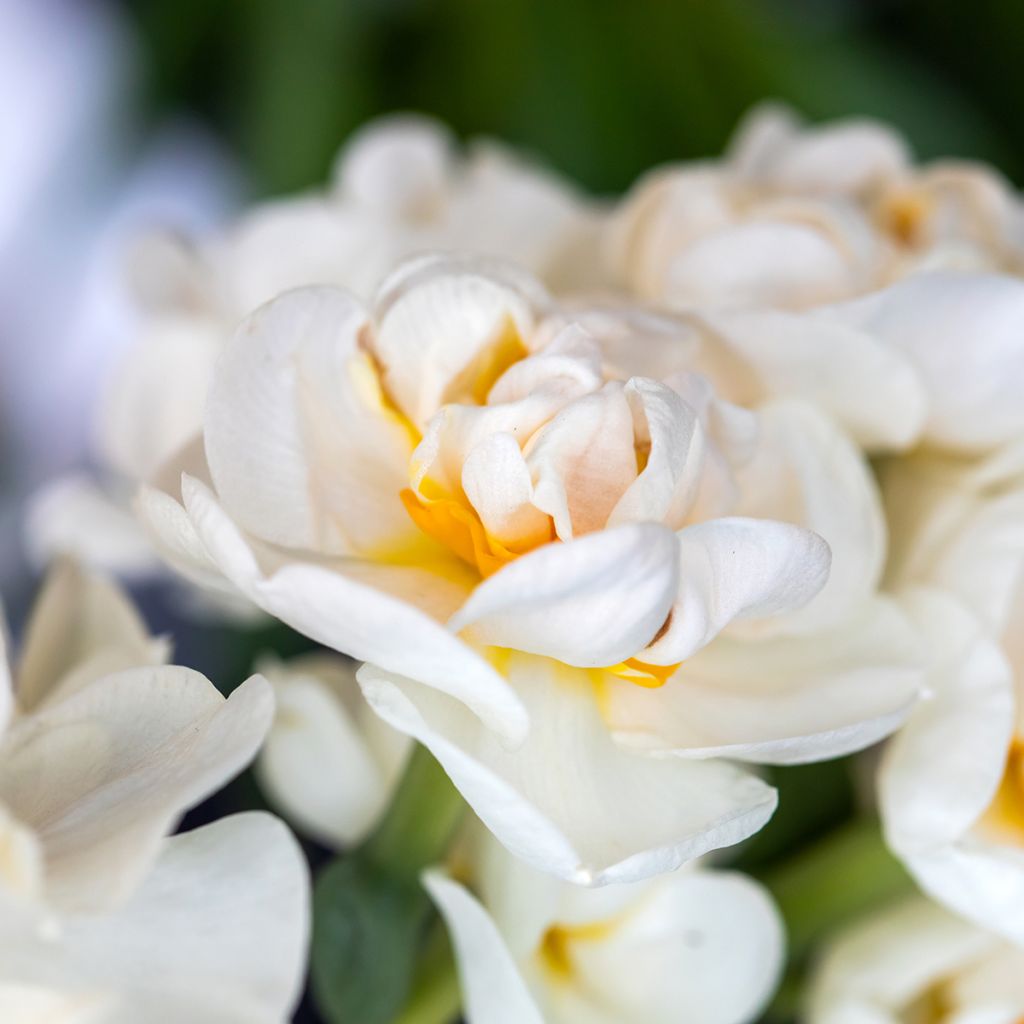

Narcisse tazetta Erlicheer
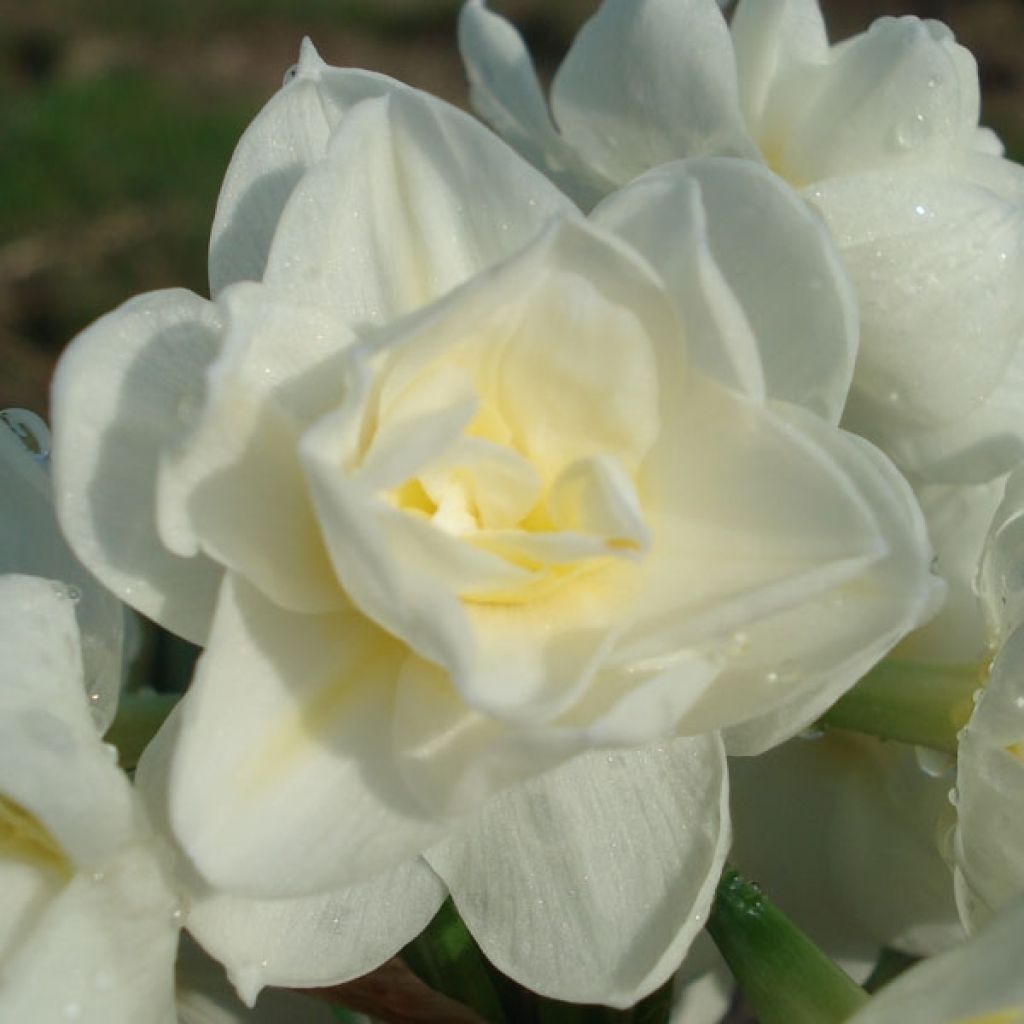

Narcisse Erlicheer
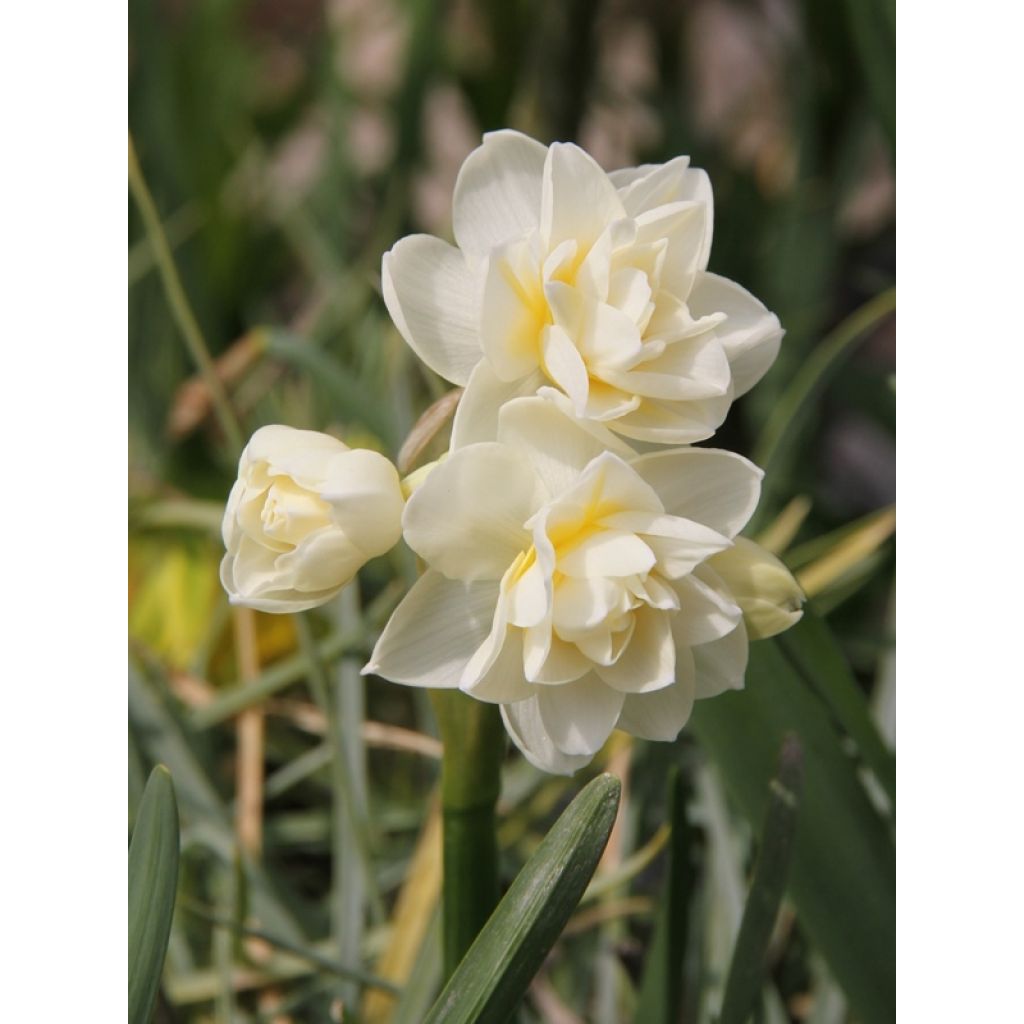

Dommage que vous n'ayez pas le parfum !
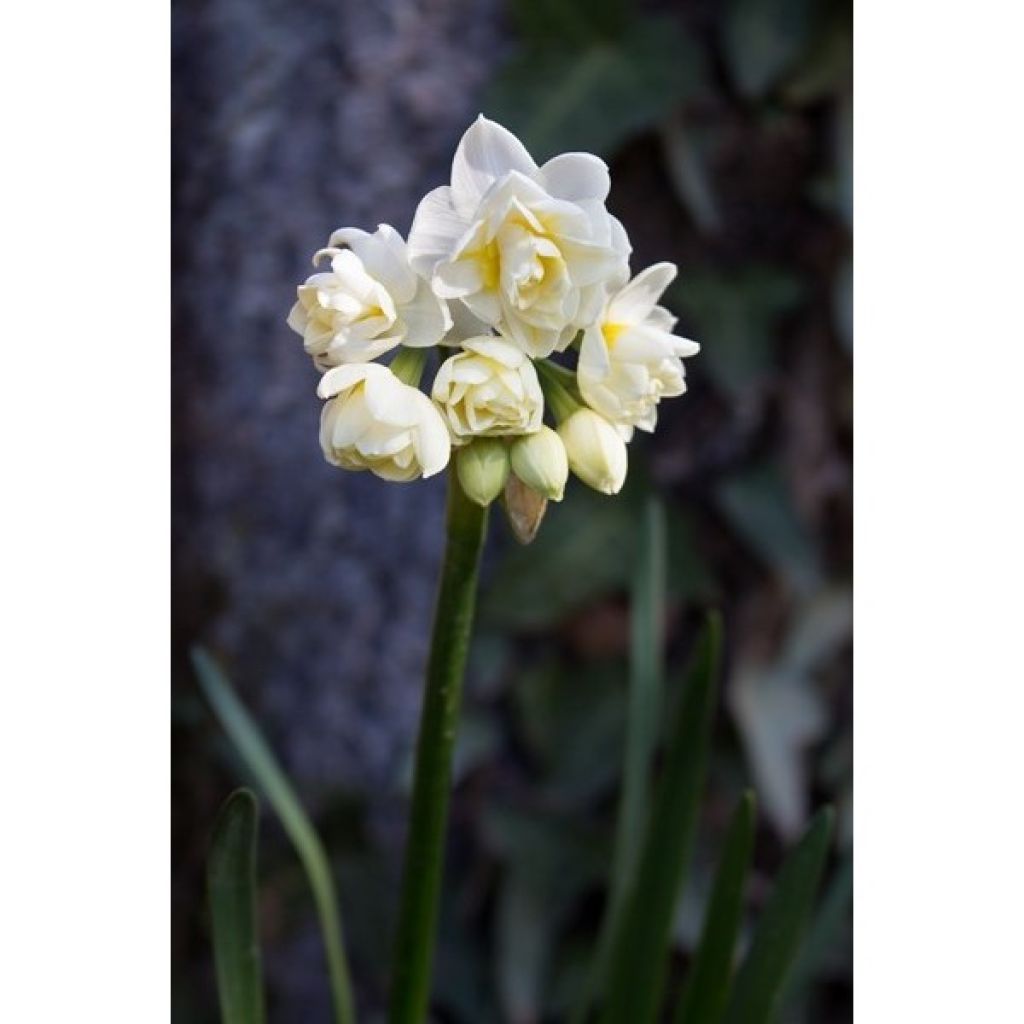

Narcissus Erlicheer
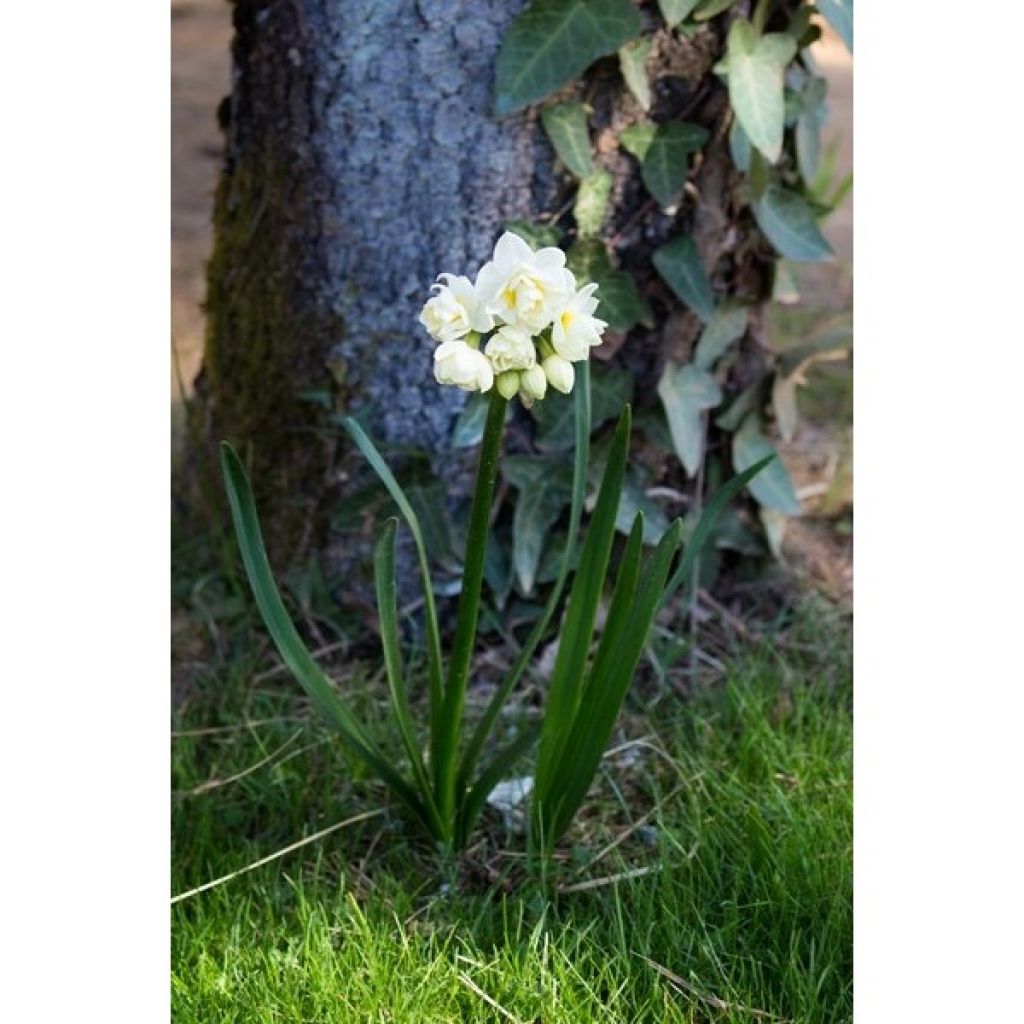

Narcissus Erlicheer
Narcissus Erlicheer
Narcissus tazetta Erlicheer
Paperwhite, Bunch-flowered Daffodil, Chinese Sacred Lily, Cream Narcissus, Joss Flower, Polyanthus Narcissus
Early daffodil, very beautiful. The only regret is that the flowers are so heavy that the stems cannot support them when it rains or when there is wind...
Val42, 09/03/2024
This plant carries a 6 months recovery warranty
More information
We guarantee the quality of our plants for a full growing cycle, and will replace at our expense any plant that fails to recover under normal climatic and planting conditions.
From €5.90 for pickup delivery and €6.90 for home delivery
Express home delivery from €8.90.


Does this plant fit my garden?
Set up your Plantfit profile →
Description
Narcissus Erlicheer is a wonderful descendant of Narcissus tazetta. This ancient variety is little known, but remarkably floriferous and endowed with irresistible charm. Its flowering starts very early, perfuming the air from the first days of spring. Its lovely little flowers resemble gardenia flowers, both in their well-double structure and in their ivory-white colour, touched with yellow at the heart. They are very fragrant and last a long time in borders, rockeries, and bouquets. This excellent variety as received the Award of Garden Merit from the Royal Horticultural Society in England. Rediscover it today!
Narcissus belong to the amaryllidaceae family. The genus Narcissus includes about 50 species found mainly in Western Mediterranean, but also in Africa and Asia.
The 'Erlicheer' narcissus first bloomed in 1934 in New Zealand. It is an old horticultural hybrid, of unknown parentage, but undoubtedly possessing the genes of N. Tazetta, a very robust plant native to the Mediterranean region that can adapt to very diverse climates and conditions. In the wild, this narcissus grows in moist meadows, dry lawns, and scrubland. 'Erlicheer' distinguishes itself with lots of very double flowers on each stem. The plant produces a very sturdy stem, 35-40 cm (14-16in) tall when in bloom. Each stem bears 6 to 8, or even 12 small flowers, not exceeding 2 to 4 cm (1 to 2in) in diameter and very fragrant. The deciduous, linear foliage disappears in summer.
There are so many varieties of narcissus that you can enjoy them for three months in spring without ever getting tired. They can all naturalise easily, have a love for yellow and white, and often emit sweet fragrances. So many reasons to grow them in large clumps (at least 20 bulbs) for a mass effect. Pair 'Erlicheer' in natural borders, with scillas and anemone blanda, botanical tulips, forget-me-nots and small grasses like Stipa. A bunch of Narcissus tazetta in a pot near the house or even in a poorly heated room will give an exceptional fragrance. It is perfect in bouquets.
Daffodil or Narcissus? Botanically speaking, daffodils are part of the narcissus family. They have flowers grouped in twos or more, and their corolla forms a bell-shaped trumpet longer than it is wide. The botanical species have the charm of wild plants and thrive in rockeries: N.bulbocodium, N. canaliculatus, N.juncifolius, N.pseudonarcissus, the simple woodland daffodil, are among the prettiest. For bouquets, we advise you not to mix narcissus with other flowers like tulips, for example, as the stems of narcissus contain a substance that causes other flowers to wilt quickly. This detrimental effect on other flower species can be mitigated by dipping the ends of narcissus stems in hot water for 1 to 2 minutes.
Report an error about the product description
Plant habit
Flowering
Foliage
Botanical data
Narcissus
tazetta
Erlicheer
Amaryllidaceae
Paperwhite, Bunch-flowered Daffodil, Chinese Sacred Lily, Cream Narcissus, Joss Flower, Polyanthus Narcissus
Cultivar or hybrid
Planting and care
Narcissus Erlicheer is undemanding and will thrive in any well-drained and loosened soil, even limestone, clayey and dry in summer. The results are less good in soils that are too wet or excessively acidic. The warmer and drier it is, the less of a problem the soil type will be. Plant the bulbs from September to mid-December, 15 cm (6in) deep, with a spacing of 8 cm (3in), in a sunny or semi-shaded position (at least 3 hours of sun per day). Left undisturbed, your daffodils will produce more and more flowers each year. To plant them in a lawn: lift a patch of turf, dig and loosen the soil to a depth of at least 20 cm (8in) (the height of a spade), place your bulbs, cover them with soil and replace the turf. Choose a place where you will not mow, as you must let daffodil leaves wither before cutting them. It is a good idea to water in case of drought, during the flowering period. However, summers that are too wet are harmful to the bulbs, which may rot. Narcissus generally remain in the ground, but the bulbs can be dug up once the foliage has turned yellow to protect them from excessively wet summers. Remove faded flowers to allow the accumulation of new reserves in the bulb. After flowering, let the foliage die naturally and only cut it when it turns yellow. If the clumps become too dense, they will flower less well, so they can be divided from July to September when the leaves are dry. Replant the bulbs (undamaged) immediately.
Planting period
Intended location
Care
-
, onOrder confirmed
Reply from on Promesse de fleurs
Haven't found what you were looking for?
Hardiness is the lowest winter temperature a plant can endure without suffering serious damage or even dying. However, hardiness is affected by location (a sheltered area, such as a patio), protection (winter cover) and soil type (hardiness is improved by well-drained soil).

Photo Sharing Terms & Conditions
In order to encourage gardeners to interact and share their experiences, Promesse de fleurs offers various media enabling content to be uploaded onto its Site - in particular via the ‘Photo sharing’ module.
The User agrees to refrain from:
- Posting any content that is illegal, prejudicial, insulting, racist, inciteful to hatred, revisionist, contrary to public decency, that infringes on privacy or on the privacy rights of third parties, in particular the publicity rights of persons and goods, intellectual property rights, or the right to privacy.
- Submitting content on behalf of a third party;
- Impersonate the identity of a third party and/or publish any personal information about a third party;
In general, the User undertakes to refrain from any unethical behaviour.
All Content (in particular text, comments, files, images, photos, videos, creative works, etc.), which may be subject to property or intellectual property rights, image or other private rights, shall remain the property of the User, subject to the limited rights granted by the terms of the licence granted by Promesse de fleurs as stated below. Users are at liberty to publish or not to publish such Content on the Site, notably via the ‘Photo Sharing’ facility, and accept that this Content shall be made public and freely accessible, notably on the Internet.
Users further acknowledge, undertake to have ,and guarantee that they hold all necessary rights and permissions to publish such material on the Site, in particular with regard to the legislation in force pertaining to any privacy, property, intellectual property, image, or contractual rights, or rights of any other nature. By publishing such Content on the Site, Users acknowledge accepting full liability as publishers of the Content within the meaning of the law, and grant Promesse de fleurs, free of charge, an inclusive, worldwide licence for the said Content for the entire duration of its publication, including all reproduction, representation, up/downloading, displaying, performing, transmission, and storage rights.
Users also grant permission for their name to be linked to the Content and accept that this link may not always be made available.
By engaging in posting material, Users consent to their Content becoming automatically accessible on the Internet, in particular on other sites and/or blogs and/or web pages of the Promesse de fleurs site, including in particular social pages and the Promesse de fleurs catalogue.
Users may secure the removal of entrusted content free of charge by issuing a simple request via our contact form.
The flowering period indicated on our website applies to countries and regions located in USDA zone 8 (France, the United Kingdom, Ireland, the Netherlands, etc.)
It will vary according to where you live:
- In zones 9 to 10 (Italy, Spain, Greece, etc.), flowering will occur about 2 to 4 weeks earlier.
- In zones 6 to 7 (Germany, Poland, Slovenia, and lower mountainous regions), flowering will be delayed by 2 to 3 weeks.
- In zone 5 (Central Europe, Scandinavia), blooming will be delayed by 3 to 5 weeks.
In temperate climates, pruning of spring-flowering shrubs (forsythia, spireas, etc.) should be done just after flowering.
Pruning of summer-flowering shrubs (Indian Lilac, Perovskia, etc.) can be done in winter or spring.
In cold regions as well as with frost-sensitive plants, avoid pruning too early when severe frosts may still occur.
The planting period indicated on our website applies to countries and regions located in USDA zone 8 (France, United Kingdom, Ireland, Netherlands).
It will vary according to where you live:
- In Mediterranean zones (Marseille, Madrid, Milan, etc.), autumn and winter are the best planting periods.
- In continental zones (Strasbourg, Munich, Vienna, etc.), delay planting by 2 to 3 weeks in spring and bring it forward by 2 to 4 weeks in autumn.
- In mountainous regions (the Alps, Pyrenees, Carpathians, etc.), it is best to plant in late spring (May-June) or late summer (August-September).
The harvesting period indicated on our website applies to countries and regions in USDA zone 8 (France, England, Ireland, the Netherlands).
In colder areas (Scandinavia, Poland, Austria...) fruit and vegetable harvests are likely to be delayed by 3-4 weeks.
In warmer areas (Italy, Spain, Greece, etc.), harvesting will probably take place earlier, depending on weather conditions.
The sowing periods indicated on our website apply to countries and regions within USDA Zone 8 (France, UK, Ireland, Netherlands).
In colder areas (Scandinavia, Poland, Austria...), delay any outdoor sowing by 3-4 weeks, or sow under glass.
In warmer climes (Italy, Spain, Greece, etc.), bring outdoor sowing forward by a few weeks.



































